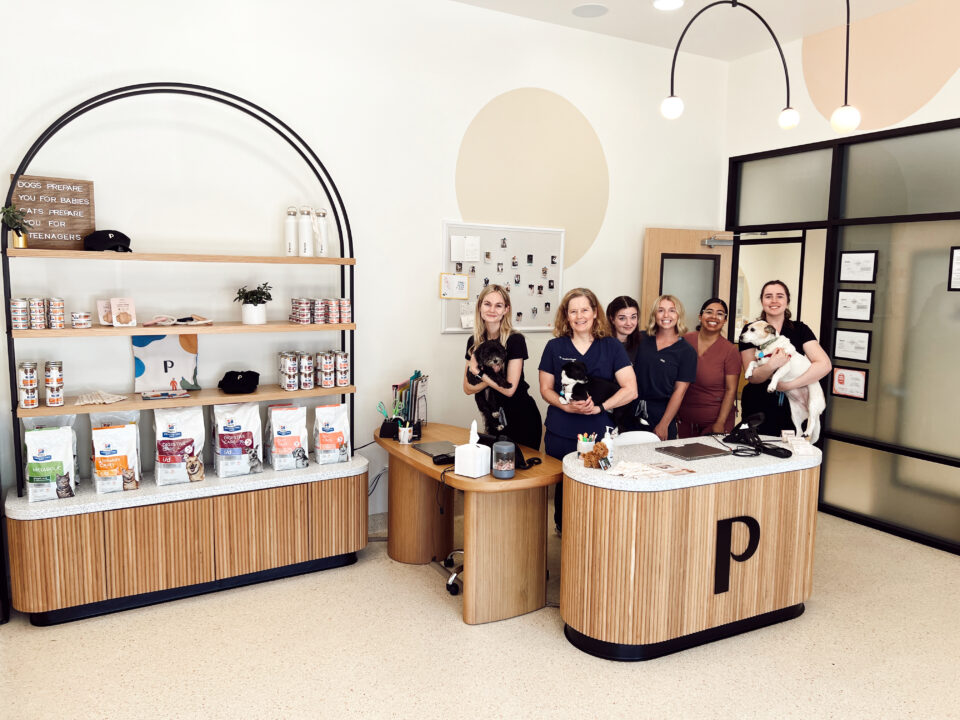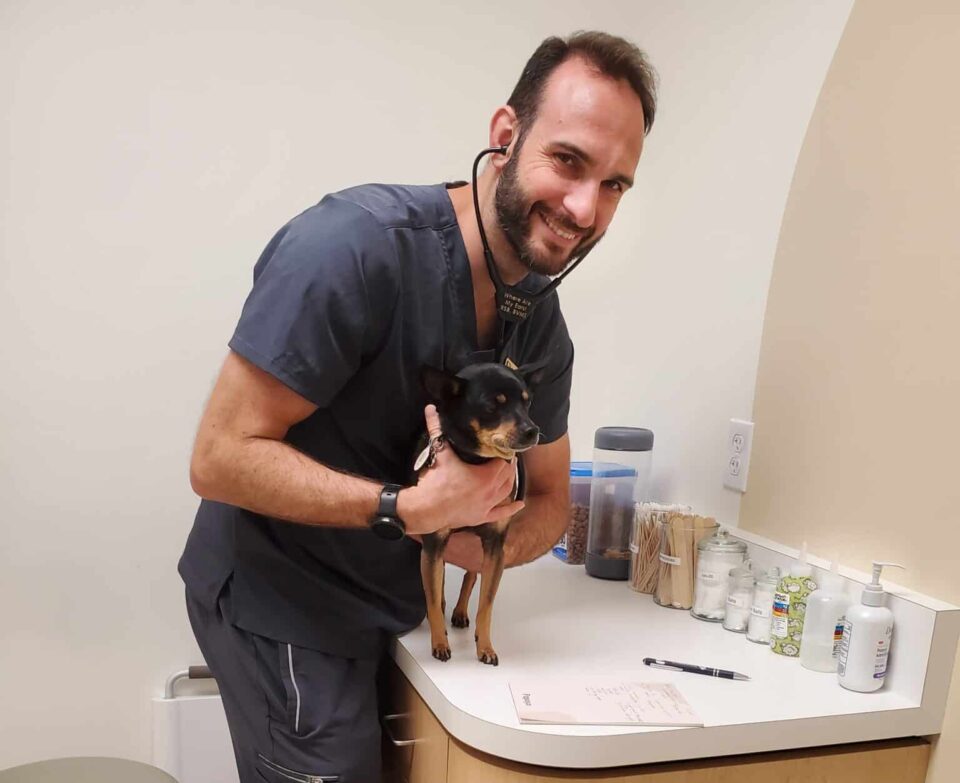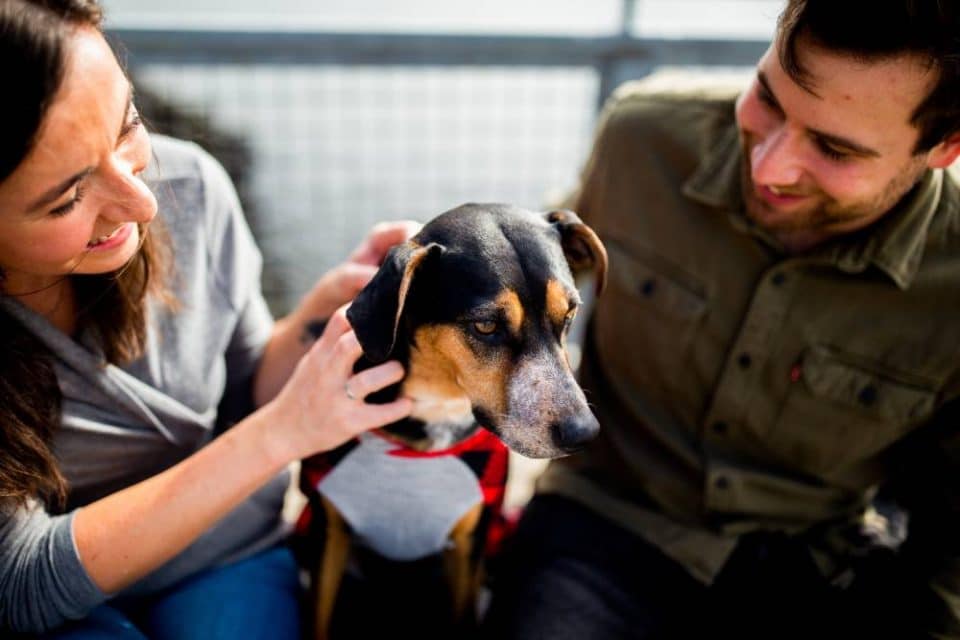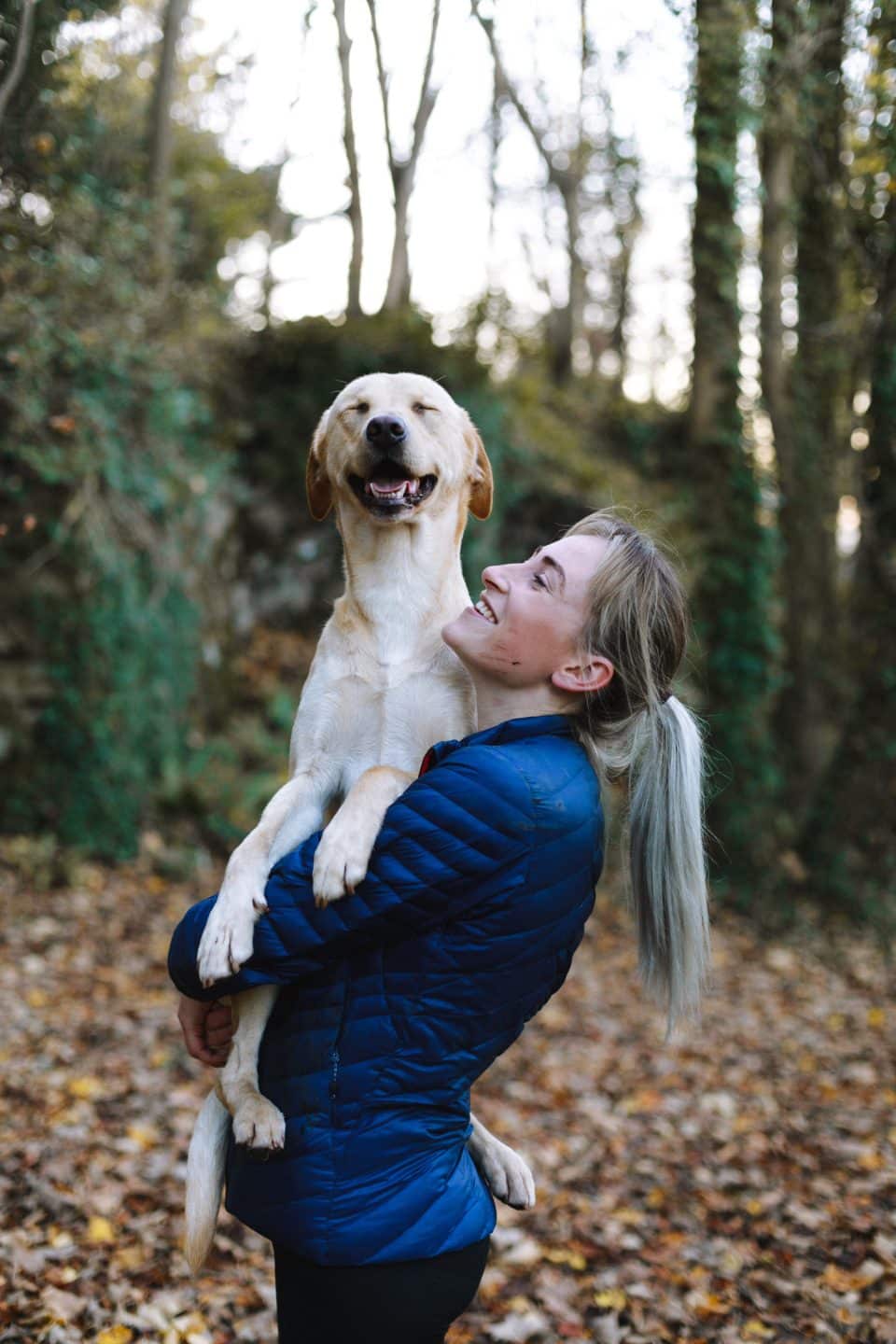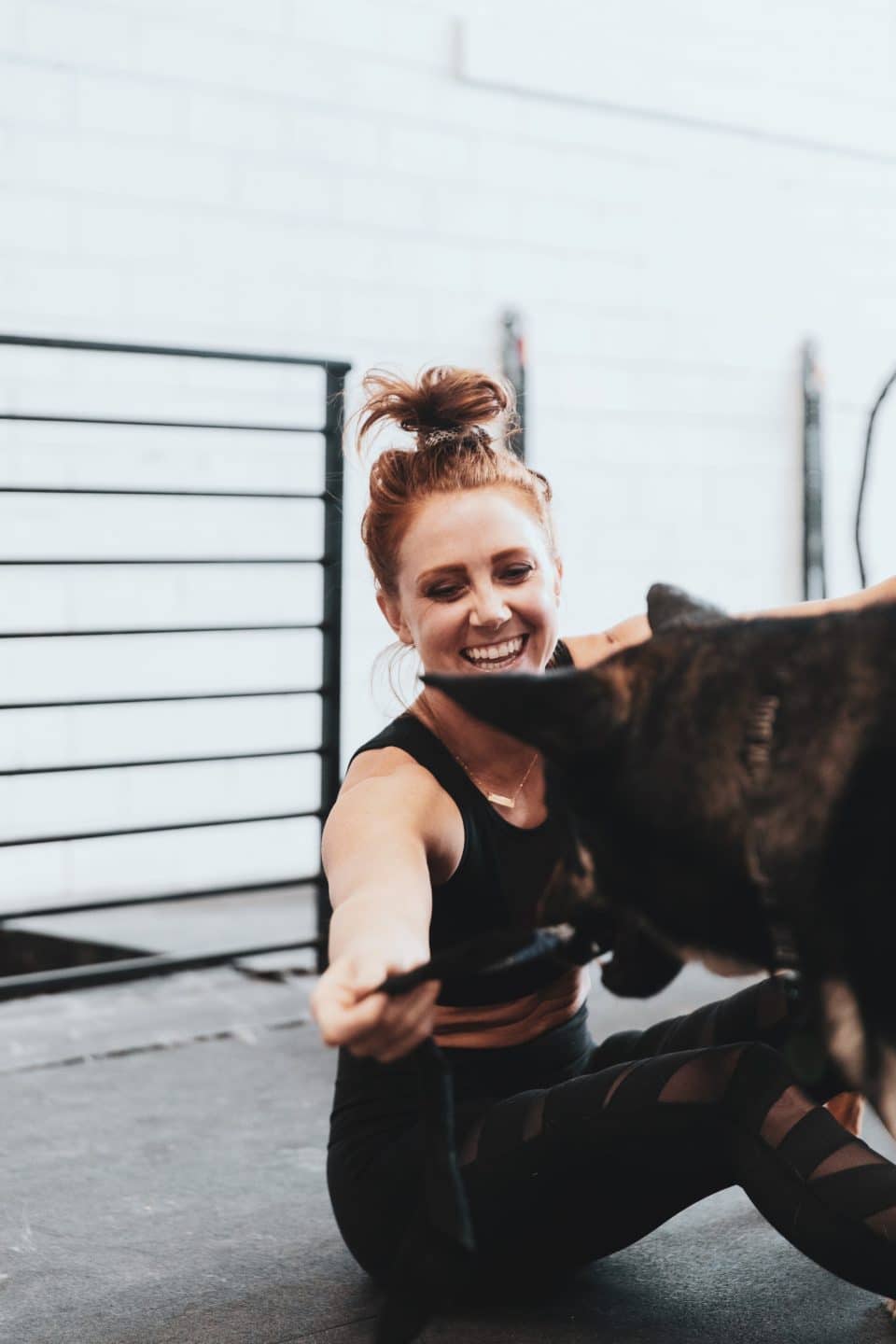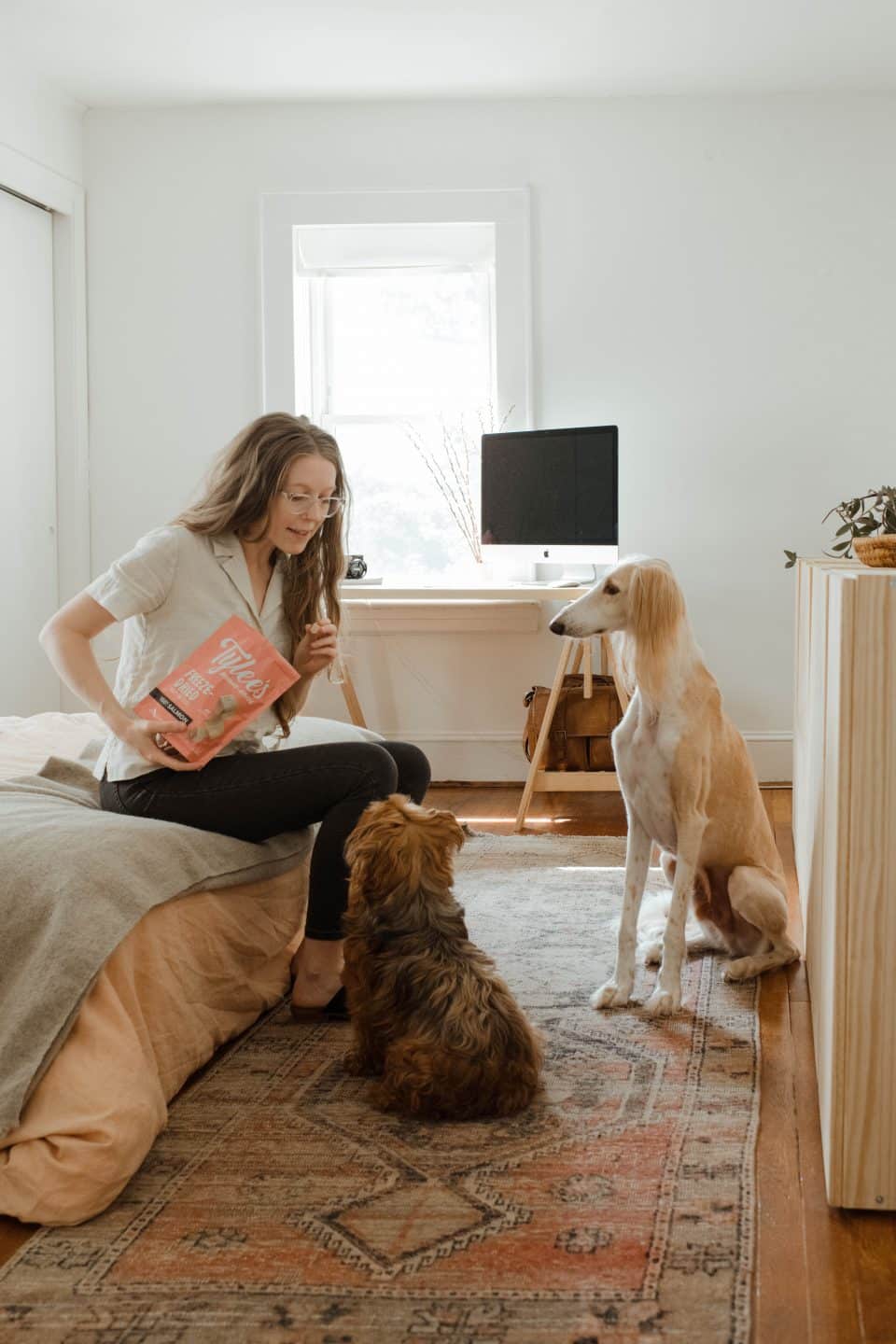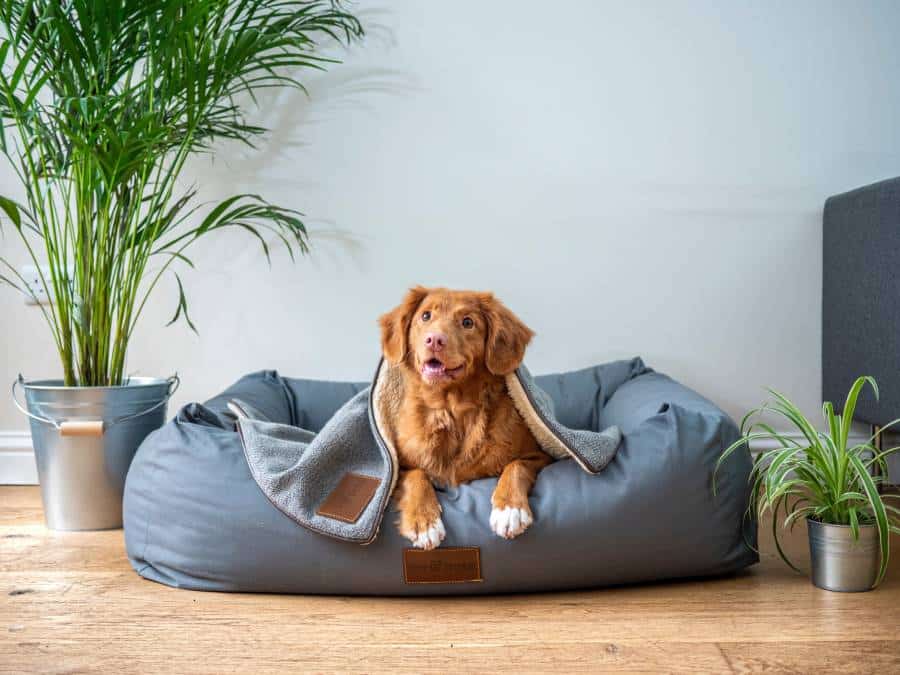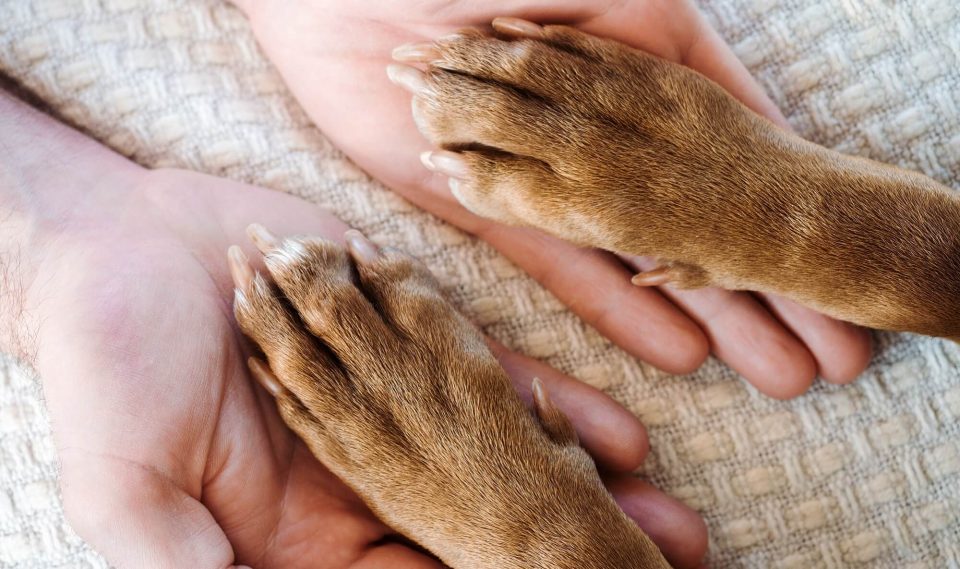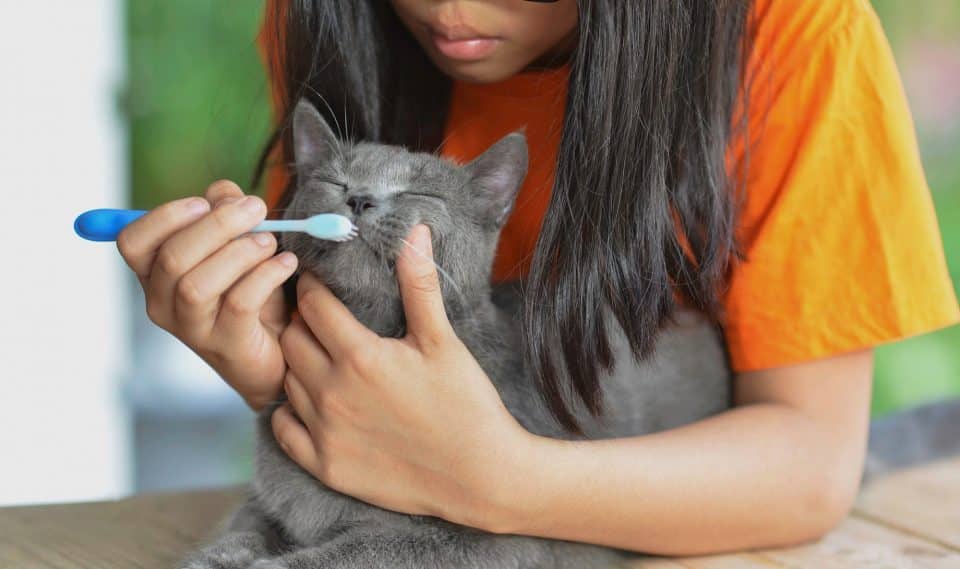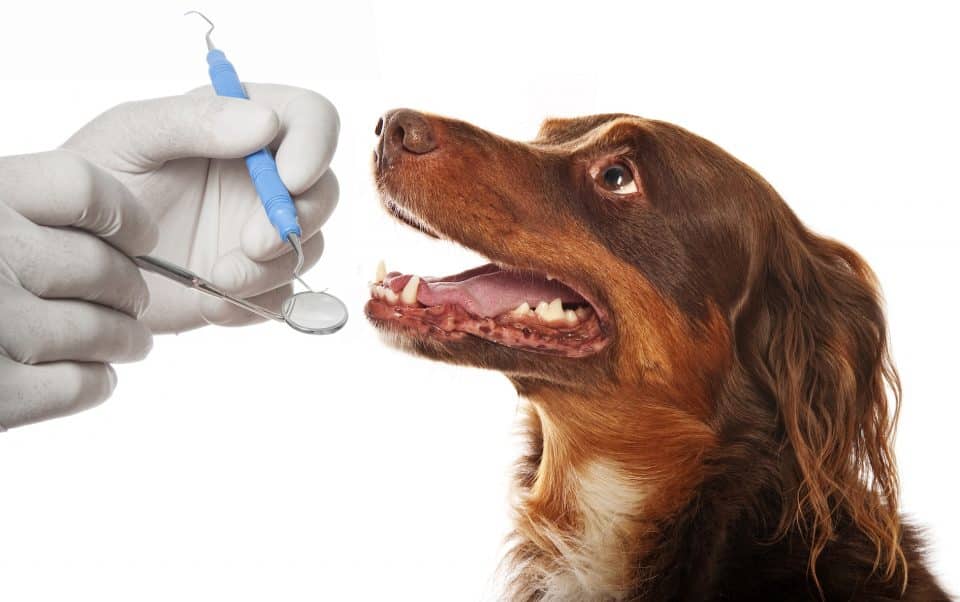Dental
8 min read
5 Ways to Clean Your Dog’s Teeth at Home
Published on Jun 22, 2023
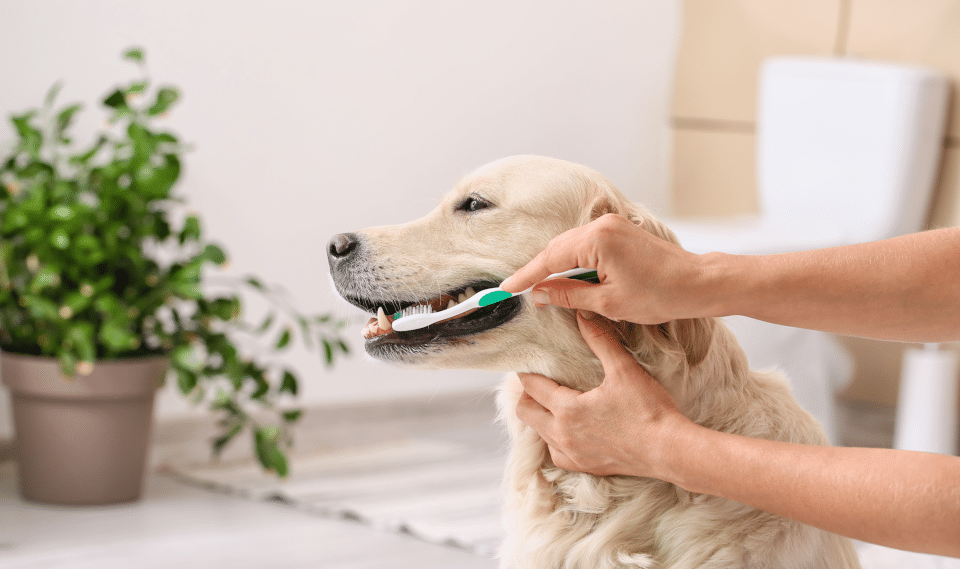
Unlike humans, dogs don’t spend much time worrying about their oral hygiene. They’re too busy chewing sticks, rolling around in the mud, and sniffing the smelliest things they can find on the sidewalk to care about their oral health. Most dogs aren’t so big on personal space, either—frequently jumping in laps and giving slobbery kisses.
That means, as a dog owner, you’re inevitably going to get some bad breath from your dogs mouth in your face every so often. But when it comes to keeping your pet’s teeth clean, you can take steps you can take to support your dog’s dental health—namely, keeping up with regular teeth cleaning to avoid a potential dental problem.
Teeth brushing isn’t just about ensuring your dog has fresh breath. It’s also helpful for every pet parent to check in on their dental health and look out for early symptoms of a dog’s dental disease and tooth decay. By following the below steps on how to clean your dog’s teeth at home, you can help ensure that your dogs teeth stay fresh and healthy.
Find the Right Tools
To begin with, you’re going to need some canine dental supplies to start cleaning those chompers. Ordinary human toothpaste is a no-go, as it contains ingredients that can upset your dog’s stomach—and chances are, they won’t appreciate the minty flavor as much as you do. Instead, toothpaste options for dogs tend to come with more food-like flavors like chicken, pork, or beef.
To start with, you’ll need three items:
- A dog-specific toothpaste – There are a ton of different dog toothpaste on the market, so do some research to figure out which one is best for your dog before dental cleaning, keeping in mind their breed and age. Also, consider doing a taste test (conducted by your dog, not you) to see which toothpaste flavor your dog likes the best. If they view the toothpaste as a treat, it will be easier to work brushing into your routine.
- A toothbrush – While many handled toothbrushes are explicitly made for dogs, a soft-bristled child’s toothbrush works just as well (and is often a bit more durable). Many owners also prefer the finger brush, which is a brush mounted on a rubber guard that slips over your finger. Approaching your dog with your finger rather than a handled brush tends to be easier. A finger brush may also make it easier to feel around for abnormalities.
- Rubber gloves – These are especially important when using a finger brush—and can help protect your hands from drool, dog toothpaste, and teeth (in case they like that toothpaste flavor a little too much).
Use Some Smart Brushing Strategies
The action of brushing your dog’s teeth is actually pretty simple—in theory, anyway. Most dogs, especially at first, probably won’t understand why you’re trying to stick your finger in their mouths, and it may take a little coaxing (and a lot of treats) before they get used to the feeling.
That said, there are four basics you should be aiming for in your pups teeth brushing routine:
- Brush the outside of the teeth – Unlike humans, you only need to brush the outside of your dog’s teeth. At first, focus on the canines and the large cheek teeth as that’s where most gunk accumulates. Once your dog becomes more cooperative, you should be able to take a run at their back teeth.
- Don’t forget the gums – Gently brushing the gums above the teeth can also help prevent gum disease.
- Brush in a downward direction – This will be more comfortable for your dog.
- Spend about 30 seconds to a minute per side – Your time spent may vary depending on how cooperative your dog is, but there’s no reason to brush for more than a couple of minutes overall.
While the basics are simple enough, each dog behaves differently. So let’s focus on some helpful tips and other ways to clean your dog’s teeth at home.
Get Started Young
Teeth cleaning is a skill that needs to be trained by your dog like any other—think of it as a special trick that comes with the bonus of supporting their health.
As with obeying any command, cleaning your dog’s teeth will be much easier if you start this training when they’re a puppy. Besides, many puppies are naturally inclined to nip and nibble on fingers anyway, so you might as well brush their teeth while they’re at it!
If you’re using a finger brush, this is also a good time to help train a puppy’s bite control. Puppies often need feedback to know when a bite is playful versus hurtful. If your puppy nips your finger during brushing, you can make an exaggerated pain reaction (“Ow! I’m hurt!”) and turn away, so your pup will learn this boundary.
Teach an Old Dog New Tricks
If you didn’t start brushing your dog’s teeth when they were a puppy, don’t worry. They can still learn to accept your finger (or a toothbrush). It might just require some time, patience, and a little trickery.
To get your dog accustomed to having your finger or brush in its mouth, maybe start by simply letting it eat food off your finger. Now is a great time to try out your canine-friendly toothpaste to see if there’s one your dog likes.
Once your dog is a bit more comfortable, you can try brushing. You may have to hold their muzzle to get them to comply, but don’t use too much force—you want this to be a positive experience. If you’ve got a bigger dog—or a very wiggly little dog—it can also be wise to have a partner to assist you during brushing. Letting one person hold and soothe the dog while the other brushes can make the experience a little more calming for your dog.
Brush as much as you can, and regardless of how much stubborn mutt behavior you encounter, be sure to lavish your dog with praise and a treat. Pretty soon, your dog may even be excited to have their teeth brushed.
Oh, Did Someone Say Treats?
Giving your dog a treat after teeth cleaning (or an attempted cleaning) is a smart positive reinforcement, but it’s also an opportunity to work in some stealthy dental hygiene. Healthy treats like raw fruits and vegetables make for tasty dental treats, and chewing on them can also clean your dog’s teeth. Apple or carrot slices work best here.
Of course, there’s also an overwhelming amount of tooth-cleaning treats and toys at the pet store. From bones to rawhide strips to special biscuits, these items are great fun for your dog, but can’t always be relied on to truly clean your dog’s teeth and some can cause injury to the mouth; some can cause mouth injury. It’s important to consult with your veterinarian on the best home care routine options for you and your pet.
Why Clean Your Dog’s Teeth?
Dog owners know that a little puppy breath is part of the charm of dog ownership. But the benefits of a dog dental cleaning go way beyond fresh breath and cleaner teeth. Besides avoiding breath that scares away the cats, the long-term perks of good dental care include:
- Avoiding tooth loss – Especially as they age, dogs can need a tooth extraction if their mouths, gums, or plaque become diseased. A mouth of shining fangs can improve overall lead to a better quality of life.
- Preventing oral pain – Just like when a human gets a cavity, a dog’s teeth can begin to hurt if a lack of cleaning leads to gum disease or other dental problems in dogs. Dogs are notoriously stoic about pain, so if you observe your pet pawing at their mouth or seeming reluctant to eat, they might have a sore tooth.
- Stopping organ damage – In severe cases, bacteria from tooth plaque can enter a dog’s bloodstream and harm the kidneys, liver, and even their heart. Protecting those pearly whites isn’t just a dental issue—it’s a whole health issue, too.
It is important to note that non-anesthetic dentals, where your pet’s teeth are cleaned while awake, are frequently marketed to pet owners as a low cost way to clean pets’ teeth. The reality is that this procedure can be traumatic to the pet. During this process getting under the gum line, taking x-rays, or measuring pockets is difficult. To get the most benefit out of the procedure it is generally recommended that a pet is under anesthesia. If you have concerns about putting your pet under anesthesia our veterinarians will be happy to recommend the best options for you and your pet.
How Often Should You Brush Your Dog’s Teeth?
If your first question is, “how do I clean dog teeth at home?” your second question is probably, “how often do I need to do it?” Many experts recommend that dogs have their teeth brushed once a day (which is hopefully half as many times as their human counterparts).
Does that seem like too often? Are your dog and you cocking your heads to the side in confusion? We know that might seem like a lot of brushing, especially if you’ve been skipping your dog’s dental hygiene in the past, but once regular teeth cleaning is a part of your routine, it’ll be as easy as going out for a walk.
And don’t worry—if your dog is skittish about having their mouth touched or otherwise resistant to daily brushing, their teeth aren’t going to just come tumbling out if you slack for a few days. At the very least, try to clean your dog’s teeth during their regular bath and grooming times. But if your dog resists all attempts at cleaning, it may be worth taking them to a professional that can help to reduce the stress of this routine, like Papaya Pet Care.
Make Your Pet’s Care Stress-Free at Papaya
Hopefully, you now understand how to clean your dog’s teeth at home, and your minty fresh canine friend is rewarding you with big smiles. But if you need some extra help with the science of dog dental care or tooth cleaning, or if you’re worried about your pooch’s persistent oral problems, arrange a visit with Papaya.
Every Papaya clinic is designed with a pet-first, no-stress approach. We ensure that your pet doesn’t suffer unnecessary stress when visiting the vet. We want every Papaya clinic to be a place that your dog looks forward to visiting as much as the sunny spot on the carpet. In fact, human dentists could probably learn a lot from our anxiety-reducing environment.
We’re also here to assist with any pet-related questions you may have, so if you’re wondering how to travel with pets or if CBD is good for your dog, make sure to check out our resource center.
Keep your dog smiling with Papaya.
Sources:
- PetMD. 5 Reasons Why Dog Dental Care Is Important. https://www.petmd.com/news/view/5-reasons-why-dog-dental-care-important-38003
- New York Times: Wirecutter. How to Brush Your Dog’s Teeth. https://www.nytimes.com/wirecutter/guides/how-to-brush-your-dogs-teeth/
- The Spruce Pets. How to Brush Puppies’ Teeth. https://www.thesprucepets.com/how-to-brush-puppies-teeth-2804763


